GreenStart's mission is to foster a resilient energy and food system for New Hampshire by providing technical education and practical agricultural examples. An educational non-profit organization established in 2006, GreenStart sees food and fuel security as the end-product of a vibrant, sustainable agriculture system in New Hampshire.
New Hampshire has 40% of its land area in agricultural soils, yet farms only 10% and imports 95% of its food and fuel. New Hampshire has no significant petroleum resources. To feed and fuel itself from sustainable natural resources, New Hampshire must improve its soils while also improving production.
To achieve this end, GreenStart facilitates projects that
1) increase soil carbon “banking”
2) decrease energy inputs
3) increase both food and fuel outputs (positive energy and carbon balance)
4) promote “tight” cycling of nutrients
5) provide opensource access to appropriate knowledge, seeds and equipment








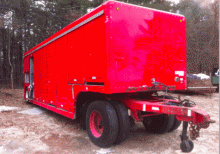

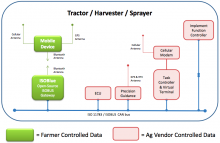
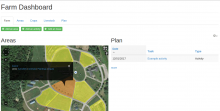

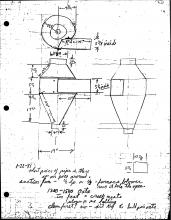


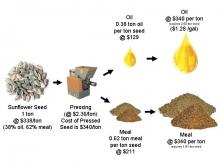
I have been working with some of the folks at the Cornell Soil Health Lab on this. There has been some discussion about how to incorporate low cost indicators into the soil test. There are several options currently being explored. Dan Moebius Clune, who is now working on some of the new indicators for the Cornell soil health test ( http://soilhealth.cals.cornell.edu/ ) just finished his doctorate looking at the exchange of nitrogen for energy that happens at the plant root level. The exchange is facilitated through the microryza community. He was focusing on the bean and corn interaction, but the microryza community is key in other legume non-legume exchanges. I know there is also work on how various cover crops effect this community positively or negatively - for example many of the brasicas like canola and mustard are very hard on microryza community. I certainly agree that understanding these systems are key to water management, root health, and resilient agriculture in general.